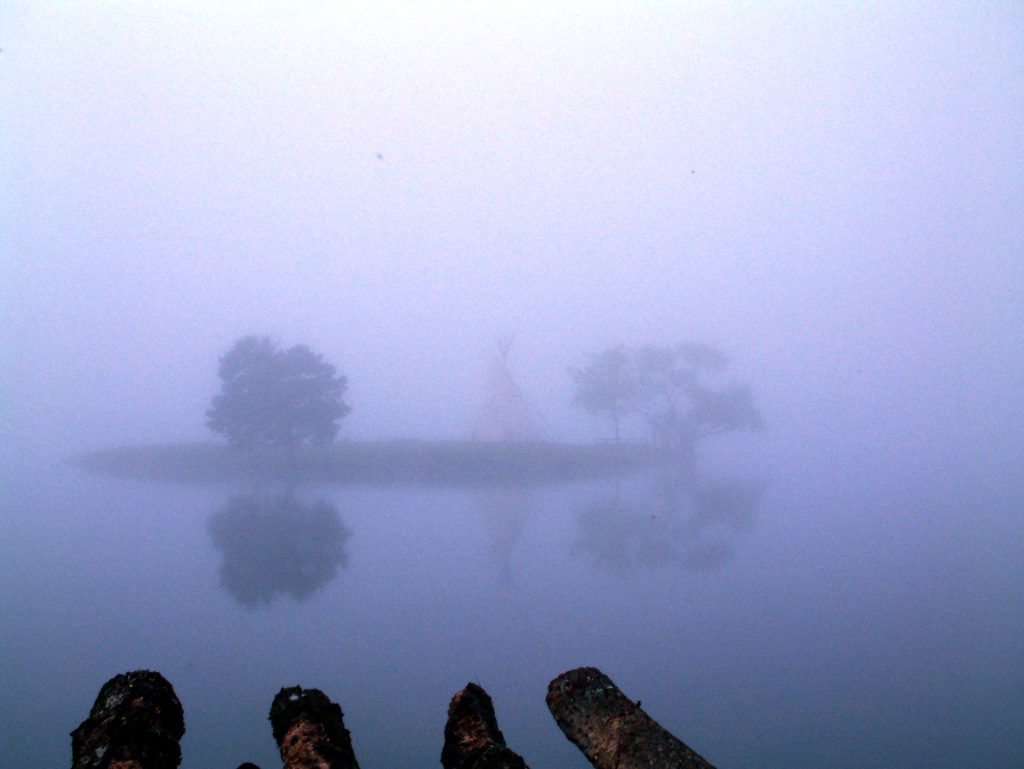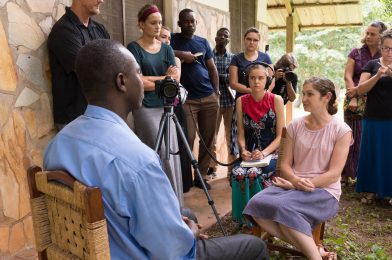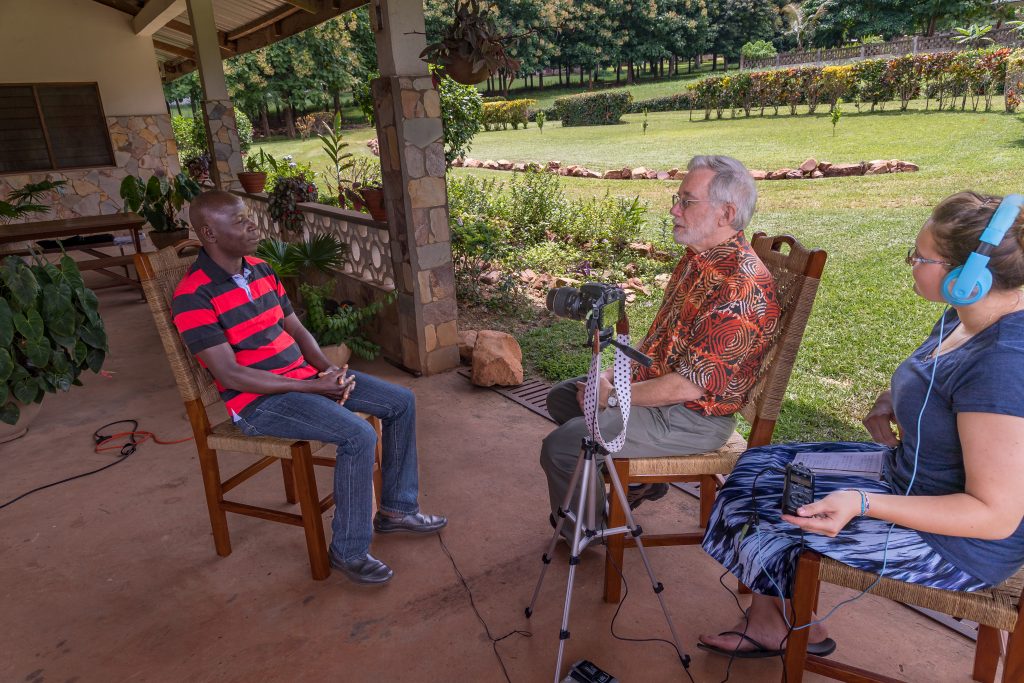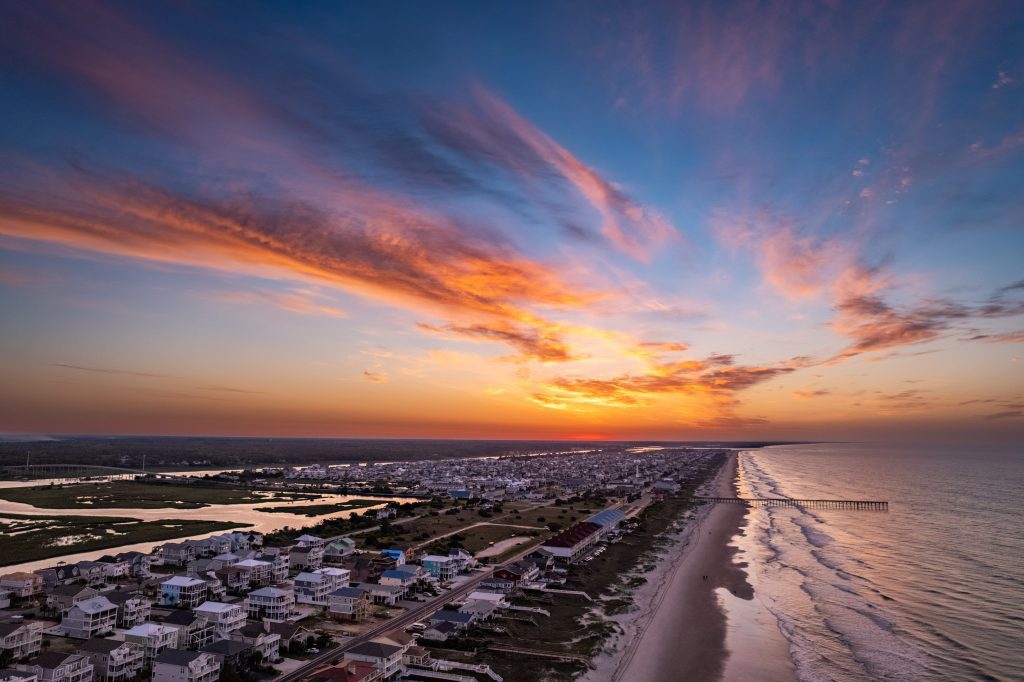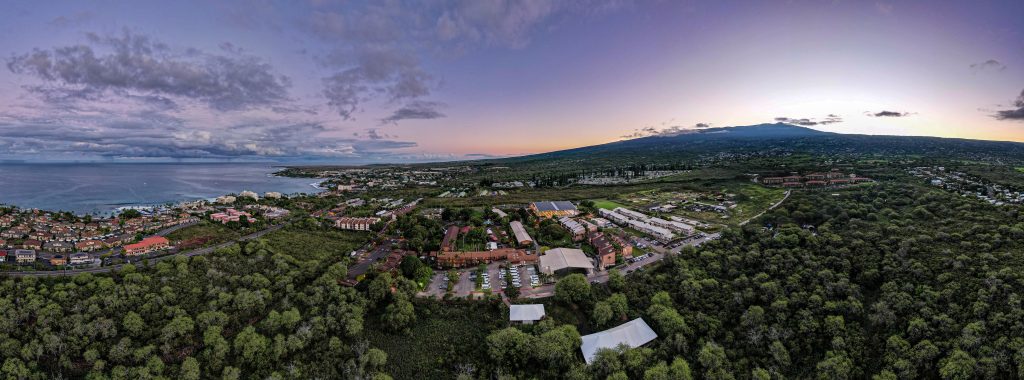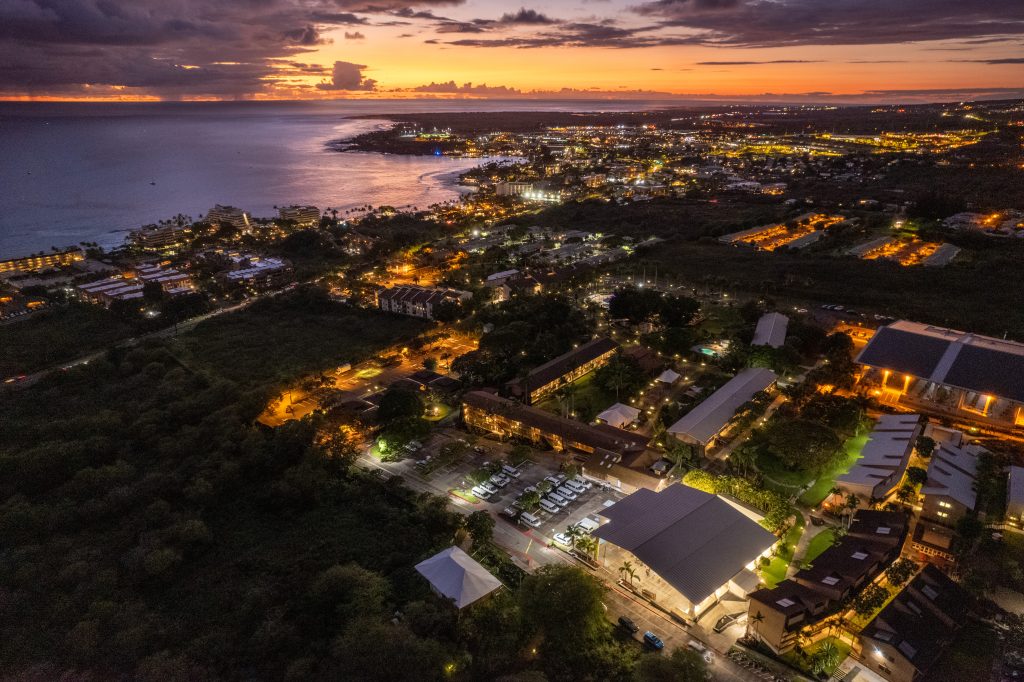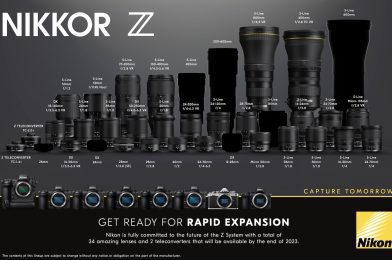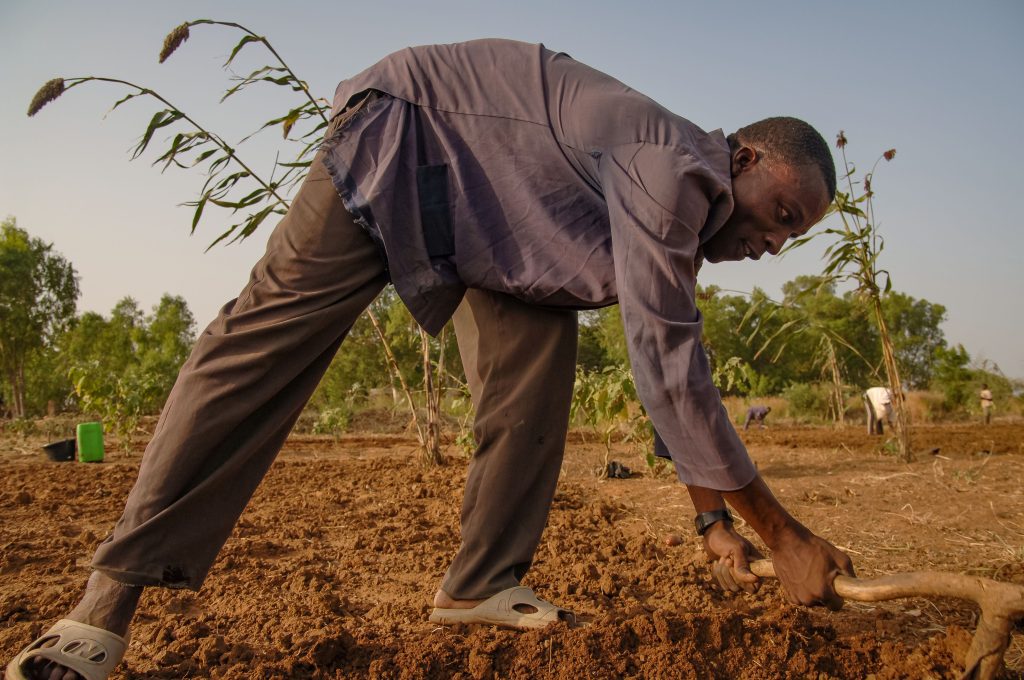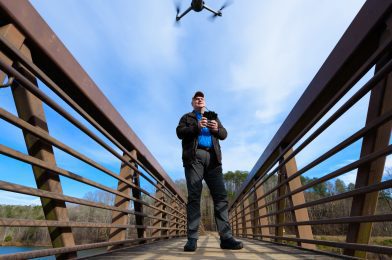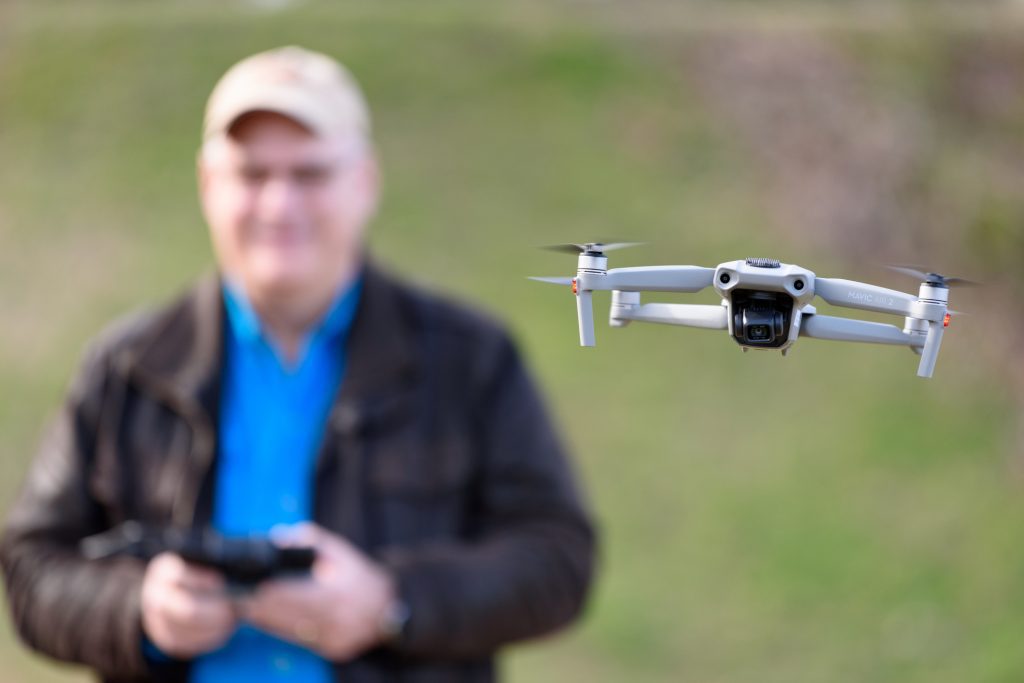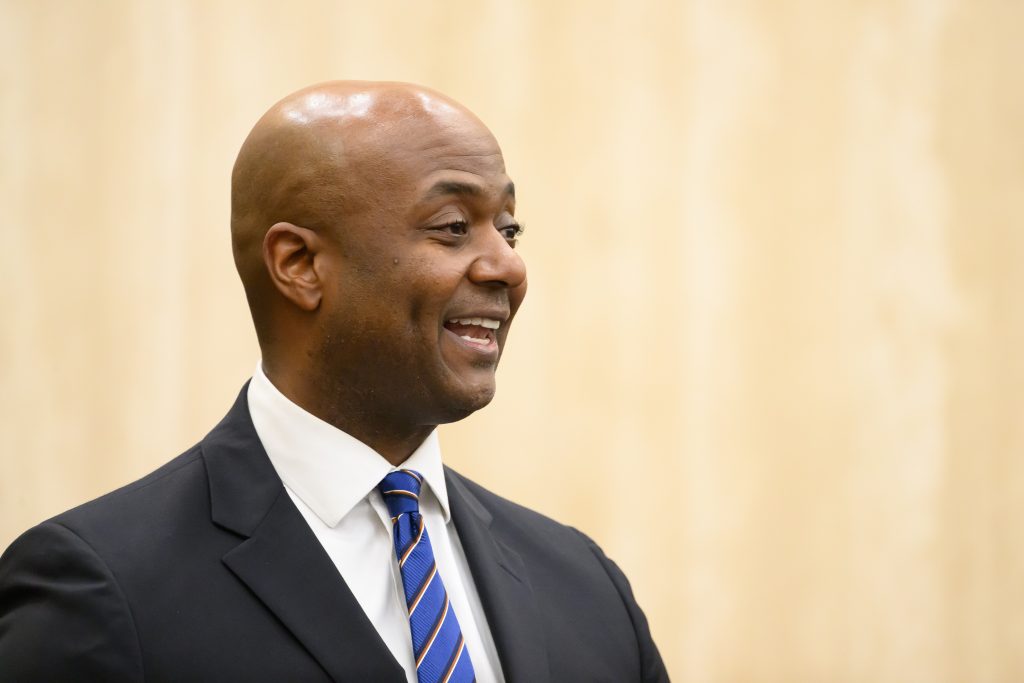Have you ever found yourself in a similar situation where a friend or colleague sends you a long article or video without explanation, leaving you unsure whether it’s worth your time to review it? If so, you’re not alone. This is a common problem many of us face in today’s digital age, where we are bombarded with information from various sources daily.
As someone who values your time and attention, you want to make sure that you are investing it wisely by reading or viewing only the content that is relevant and valuable to you. This is where the importance of distilling information into a summary comes in. By providing a clear and concise summary of the material, authors can help readers quickly determine whether or not it’s worth their time to review the entire text.
In this blog post, we will explore the importance of creating short summaries that capture the essence of a larger body of work. We’ll discuss how summaries can save time, help you better understand complex ideas, and provide a valuable reference tool for future use. So, whether you’re a student, professional, or just someone who values your time and attention, read on to learn why distilling information into a summary is an essential practice in today’s fast-paced world.
In today’s fast-paced world, time is a valuable commodity, and people often have limited time to spare for reading lengthy articles, reports, or even books. As a result, it’s become increasingly essential to distill information into a summary that captures the essence of the larger body of work. In this blog post, we will explore why it is necessary to provide such summaries and how they can help people make more informed decisions about whether to spend their valuable time reviewing something that will take considerable time to read.
Firstly, providing a summary allows the reader to quickly understand the document’s main points or material without spending significant time reading through the entire text. By highlighting the essential facts and critical takeaways, readers can quickly determine whether or not the material is relevant to them and whether it is worth their time to review it in full.
Secondly, summaries can help clarify complex ideas or concepts by breaking them into more accessible, bite-sized pieces. This can be especially helpful in fields such as science, technology, or finance, where technical terms and jargon can make it difficult for non-experts to understand the material. By presenting complex ideas more straightforwardly and understandably, summaries can help readers better understand the material.
Thirdly, summaries can serve as an essential reference tool for future use. By providing a condensed version of the material, resumes can be easily stored and accessed, allowing readers to quickly review the key points without having to go back and read the entire text. This can be particularly useful for students or professionals who need to reference the material for later use.
Finally, providing a summary shows respect for the reader’s time and attention. In today’s busy world, people are inundated with information from various sources. By providing a clear and concise summary, authors can demonstrate that they value their readers’ time and are willing to try to ensure their material is accessible and easy to understand.
In conclusion, distilling information into a summary is an essential practice that can help readers save time, better understand complex ideas, and make more informed decisions about whether or not to invest their time in reviewing a larger body of work. In addition, by providing precise and concise summaries, authors can make their material more accessible and valuable to a broader audience. So, the next time you create a report or document, take the time to complete a summary that captures the essential points and makes it easier for your readers to engage with your material.





